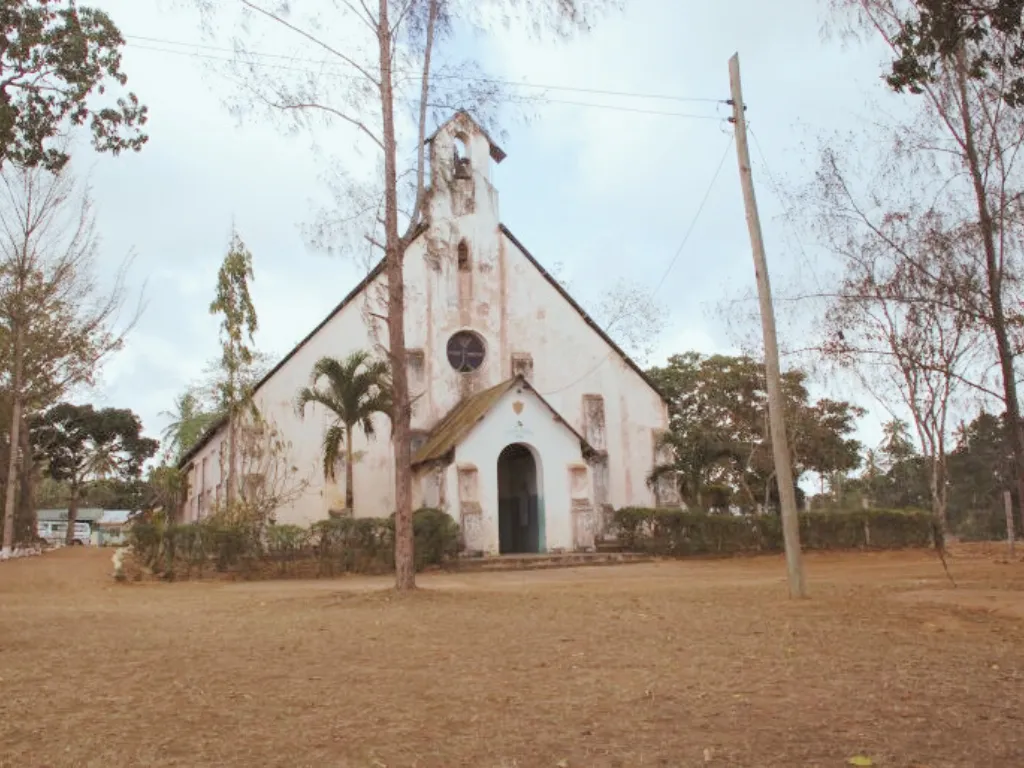

Why Visit? The Rabai Museum, often referred to as the Krapf Memorial Museum, bears witness to these earliest seeds of faith and education—planted well over a century and a half ago. Known to history as the very cradle of Christianity and Western learning in Kenya, Rabai stands as a pivotal station from whence missionaries cast their message into the Kenyan hinterland.
Photographs, letters, and early Bibles that recount the trials and triumphs of Ludwig Krapf and his fellow missionaries.
Saint Paul’s Church, erected in 1846, is revered as the first of its kind in Kenya, still echoing with hymns of centuries past.
Exhibits detailing the mission’s role in offering refuge and freedom to those escaping the bonds of slavery.
Storied accounts, once shared by fireside, revealing the intersection of missionary zeal and local cultures.
In the mid-19th century, Ludwig Krapf, a missionary affiliated with the Church Mission Society (CMS), arrived at Rabai. It was here in 1846 that the first church in what is now Kenya—Saint Paul’s, Anglican Church of Kenya—rose from the ground. Beyond merely preaching the Christian message, the mission became an early beacon of literacy, liberation, and modern education. Indeed, Rabai’s role in the emancipation of enslaved peoples in East Africa remains among the most profound legacies of those pioneering days.
Though much of its early history was passed down by oral tradition, the Krapf Memorial Museum, established in 1994, now stands in testament—a custodian of records, artifacts, and narratives that shaped both church and country.
Opening Hours: 8:30 AM – 5:30 PM daily (including public holidays)
Tickets & Admission: Purchase via eCitizen—no coin of the realm tendered at the gate.
Guided Tours: Knowledgeable docents ready to recount tales of early missions, the birth of formal schooling, and the forging of new cultural frontiers.
Location & Access: About half an hour by road from Mombasa, reached by turning off the highway at Mazeras onto the Kaloleni road.
Commemorative Services: Occasional church gatherings celebrating Ludwig Krapf’s legacy and missionary milestones.
Workshops & Talks: Engaging sessions on the missionary movement, slave emancipation, and intercultural encounters.
Modest Exhibits Hall: Housing documents, antiquities, and interpretive signage.
Serene Grounds: Offering scenic spots for quiet reflection or educational picnics.
Refreshments: Nearby local kiosks or small eateries provide Swahili treats and beverages.
Respect Sacred Spaces: Portions of Rabai’s grounds and church area hold deep spiritual significance—kindly maintain decorum.
Cultural Courtesy: Engage local guides for authentic recollections of early missionary life and community interactions.
Pair the Journey: Consider exploring other historical treasures around Mombasa after your sojourn in Rabai.
Step into Rabai, where the embers of faith and freedom first glimmered in Kenya’s story. Here, amid quiet chapels and humble galleries, discover the mission’s noble path from darkness to enlightenment.
The National Museums of Kenya (NMK), established under the Museums and Heritage Act (2006), is a multi-disciplinary institution dedicated to collecting, preserving, researching, and presenting Kenya’s cultural and natural heritage.
Sign up to our newsletter